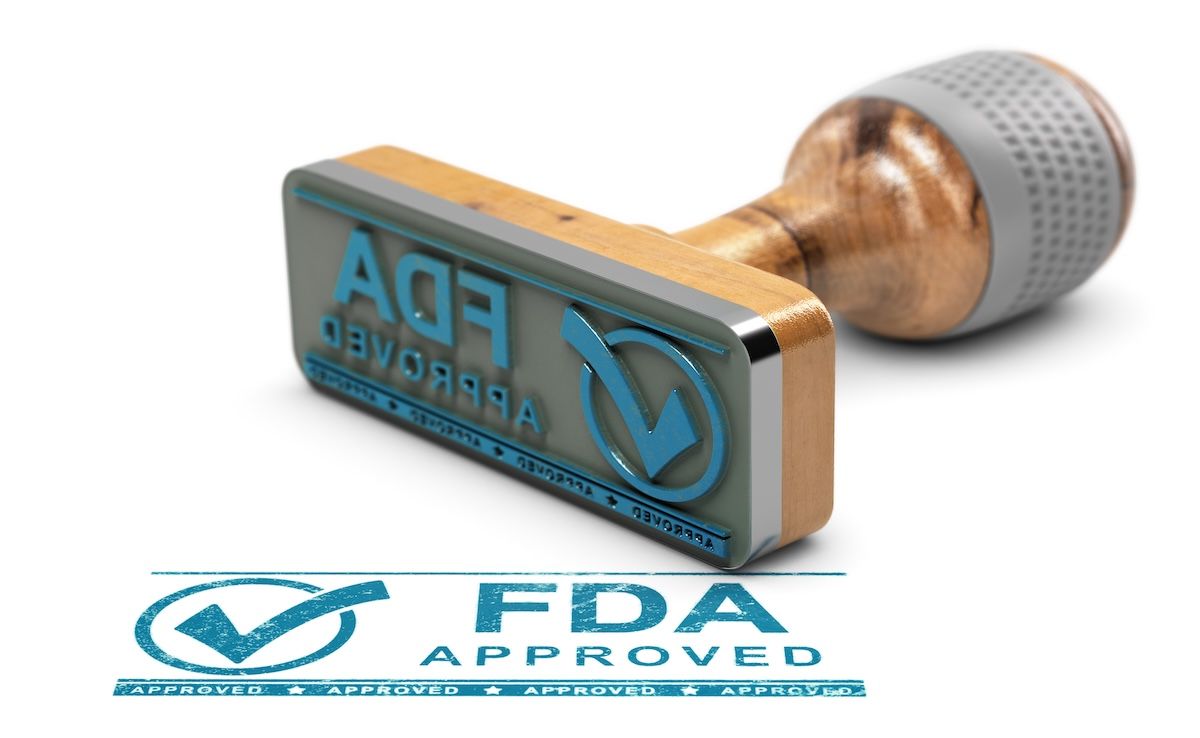News
Article
Damoctocog Alfa Pegol Demonstrates Safety and Efficacy in Hemophilia A
Author(s):
While clinical trials offer controlled data, real-world studies like HEM-POWR bridge gaps, confirming damoctocog alfa pegol’s effectiveness and tolerance, establishing it as a valuable hemophilia A treatment option.
Set IV Fluid | Image Credit: Trsakaoe stock.adobe.com

In the ongoing real-world hemophilia A HEM-POWR study, previously treated patients receiving prophylactic damoctocog alfa pegol experienced a reduction in the number of infusions compared with their prior treatment regimens, according to findings published in the European Journal of Haematology.
The study, conducted across multiple countries, aimed to assess the annualized bleeding rate (ABR) in previously treated patients with hemophilia A. A total of 268 patients were included in the safety analysis set, and 161 patients were included in the full analysis set. The predominant dosing regimen observed was prophylaxis, administered every 3-4 days (twice weekly) with a median infusion dose of 37.5 IU/kg.
The study encompassed a diverse patient population primarily from Germany, Japan, Italy, and the United States, and among the 270 patients enrolled, approximately half were White, and 30% to 40% were Asian. The median age of participants was 35.0 years, and most had severe hemophilia A at diagnosis (82.5% in safety analysis; 87.6% in full analysis). Common concomitant conditions included hypertension, HIV positivity, and infections/infestations.
In the full analysis set, 82.6% of patients were previously treated with damoctocog alfa pegol, primarily on a prophylactic regimen (97%). The prescribed dose per infusion prior to enrollment ranged from 1000 to 8000 IU. During the observation period, prophylaxis remained the main dosing modality (98.1% in full analysis set), with twice-weekly administration being the most common regimen (49.4%).
Throughout the study, most patients maintained their treatment modality, although 46 patients adjusted their prophylaxis dose, and 30 general prescription changes occurred. Patients with non-severe hemophilia A initiated prophylaxis at a later age than those with severe disease. In the utilization subgroup, where patients had severe hemophilia A at diagnosis, the mean treatment duration was 11.0 months.
During the study period, a total of 31 patients (11.5%) discontinued participation. Reasons for discontinuation varied and included factors such as patients being lost to follow-up, withdrawal of consent, or switching to other therapies. The observation period duration was represented as a median of 233.5 days in the safety analysis set and 362 days in the full analysis set.
The median total ABR was 0.0 (with a range of 0.0 to 1.8), indicating a minimal annualized bleeding rate. The mean total ABR was 2.4 (SD, 8.2), suggesting a low overall incidence of bleeding episodes. The proportion of patients with no affected joints increased from the initial visit to the follow-up, indicating an improvement in joint health among participants.
The study found no cases of factor VIII inhibitors, treatment-related adverse events, or deaths among the participants supporting the conclusion that damoctocog alfa pegol demonstrated effectiveness, acceptable safety, and consistent utilization in real-world scenarios, even among patients with non-severe hemophilia and those with a history of inhibitors.
Unlike traditional treatments, damoctocog alfa pegol offers flexibility, allowing tailored therapy without compromising bleeding protection or joint health, according to the study. Administered twice weekly in nearly 40% of patients, it effectively managed bleeding episodes without increasing doses.
Over 33 months, the results showed decreased joint issues without higher resource usage, making damoctocog alfa pegol a promising long-term solution. This multinational study, inclusive of diverse patient groups and those with inhibitors, highlights its real-world viability.
While clinical trials offer controlled data, real-world studies like HEM-POWR bridge gaps, confirming damoctocog alfa pegol’s effectiveness and tolerance, establishing it as a valuable hemophilia A treatment option, investigators noted. Ongoing analyses will provide further insights, enhancing the understanding of the therapy’s practical application.
Reference
Reding, MT, Álvarez-Román, MT, Castaman, G, et al. Interim analyses of the multinational real-world prospective cohort HEM-POWR study evaluating the effectiveness and safety of damoctocog alfa pegol in patients with hemophilia A. Eur J Haematol. 2023; 1-10. doi:10.1111/ejh.14114





